IoT in Automotive Market $102.3 Billion in 2022 to $760.3 Billion by 2032, with a CAGR of 22.6%
According to a recent
report published by Allied Market Research, titled, The global IoT in
automotive market was valued at $102.3 billion in 2022, and is projected
to reach $760.3 billion by 2032, growing at a CAGR of 22.6% from 2023 to 2032.
𝐆𝐞𝐭 𝐑𝐞𝐬𝐞𝐚𝐫𝐜𝐡 𝐑𝐞𝐩𝐨𝐫𝐭 𝐒𝐚𝐦𝐩𝐥𝐞 𝐏𝐚𝐠𝐞𝐬 & 𝐓𝐎𝐂
The
Internet of Things (IoT) elaborated as a major factor transforming the
automotive industry. With the incorporation of IoT technologies into vehicles,
car manufacturers and consumers alike are undergoing an asset of benefits.
IoT's impact on the automotive sector is the concept of connected cars. These
smart vehicles are equipped with embedded sensors and internet connectivity,
enabling them to gather and exchange real-time data with external systems,
other vehicles, and even infrastructure.
Moreover,
the market is affected in European states by strict government regulations. The
European Union has executed regulations and proposals focused on road safety,
emissions reduction, and the enhancement of smart mobility solutions. For
instance, in May 2022, the European Commission mandated the deployment of
eCall, a telematics system that automatically contacts emergency services in
the event of a serious accident. Such regulations drive the integration of IoT
technologies in vehicles. Moreover, the countries in Europe also have general
exposure to 4G and 5G networks, allowing continuous connectivity and high-speed
data transmission which supports a range of services, including real-time
navigation, distant diagnostics, over-the-air updates, and vehicle-to-vehicle
(V2V) and vehicle-to-infrastructure (V2I) communication.
For
IoT technologies to drive effectively in vehicles, there is a need for strong
connectivity infrastructure, including widespread network coverage and
consistent communication standards. However, in some areas, the necessary
infrastructure may be lacking or underdeveloped, hindering the seamless
integration and functioning of IoT systems in vehicles. In additionally, the
lack of interoperability between different IoT devices and platforms presents
challenges in achieving seamless communication and data exchange.
𝐏𝐫𝐨𝐜𝐮𝐫𝐞 𝐂𝐨𝐦𝐩𝐥𝐞𝐭𝐞 𝐑𝐞𝐬𝐞𝐚𝐫𝐜𝐡 𝐑𝐞𝐩𝐨𝐫𝐭 𝐍𝐨𝐰
For
instance, different automakers and technology providers may use proprietary
systems and protocols, making it difficult for vehicles and IoT devices from
different manufacturers to work together smoothly. This lack of
interoperability can limit the scalability and widespread adoption of IoT
technologies in the automotive sector. Thus, initiatives by OEMs further
provide lucrative growth opportunities for market growth.
The IoT
in automotive industry size is segmented based on communication,
connectivity, application, and region. By communication, the market is segmented
into the vehicle to vehicle, In-vehicle communication and
vehicle-to-infrastructure. Further, by connectivity, the market is segmented
into embedded, tethered and integrated. By application, the market is segmented
into navigation, infotainment, telematics, and others. By region, the market is
analyzed across North America, Europe, Asia-Pacific, and Latin America, Middle
East & Africa (LAMEA) including country-level analysis for each region.
On
the basis of application, the market is divided into infotainment, navigation,
telematics and others. The navigation segment includes the combination of GPS
(Global Positioning System) technology, real-time traffic information, and
connectivity within vehicles to give navigation and routing services.
𝐋𝐞𝐚𝐝𝐢𝐧𝐠 𝐌𝐚𝐫𝐤𝐞𝐭 𝐏𝐥𝐚𝐲𝐞𝐫𝐬 are AT&T, Cisco
System, Inc., Alphabet Inc., Intel, Microsoft Corporation, NXP Semiconductors, Robert
Bosch, Texas Instruments
Thales SA and TOMTOM
The growing adoption of connected vehicles
presents a major growth opportunity for navigation applications in the IoT
automotive market. Connected vehicles are equipped with internet connectivity
and advanced communication capabilities, allowing seamless integration with
navigation applications. As more vehicles become connected, the demand for
navigation applications that leverage IoT connectivity to provide real-time
navigation services will increase. For instance, in November 2021, Google
entered into the original equipment manufacturers' (OEM) navigation and
location-based services. The rapid adoption of Google's Android Automotive
Operating System (AAOS) by OEMs and the default inclusion of Google Maps on the
platform gives the already popular service an even greater strategic advantage.



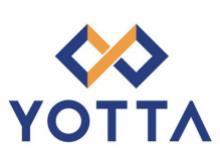

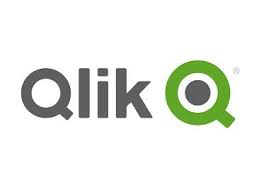






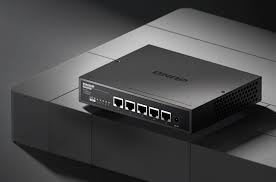
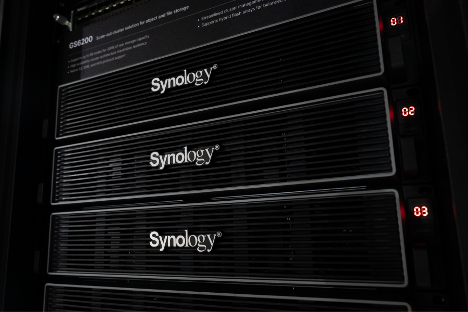






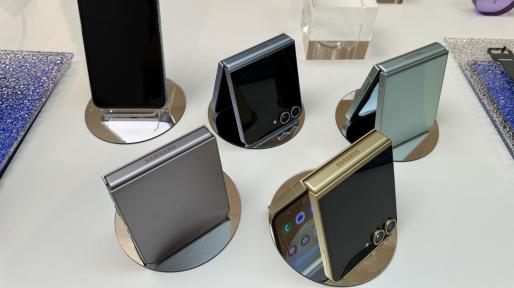



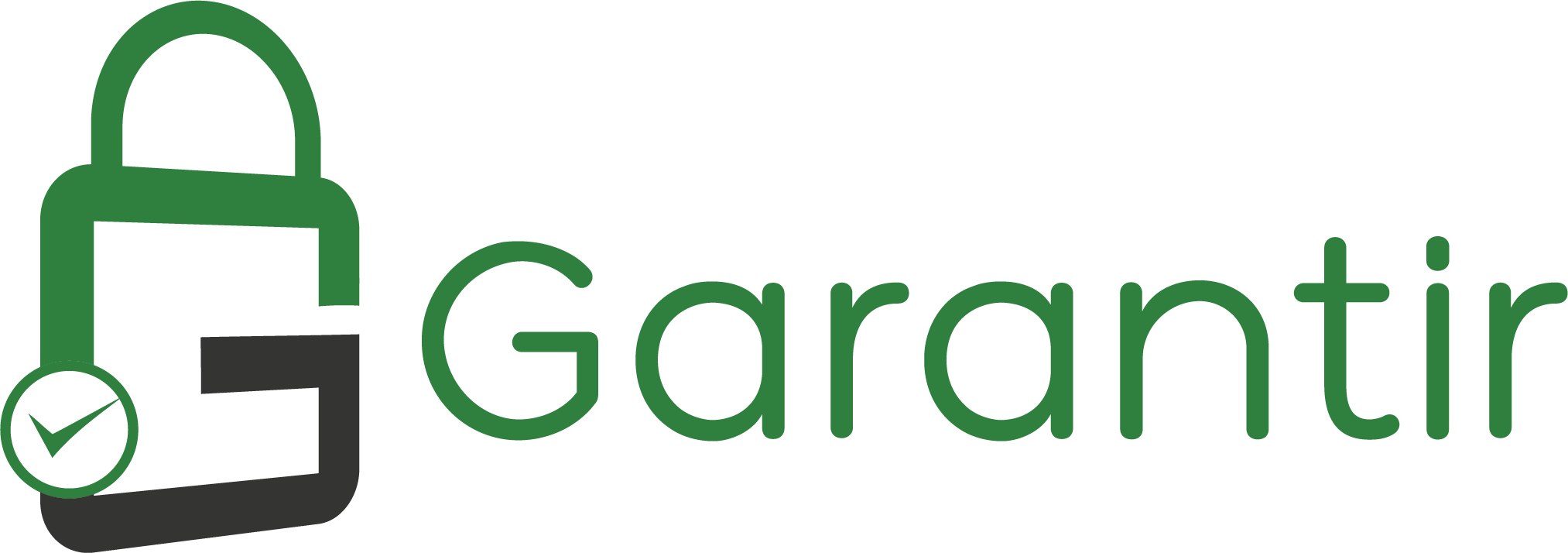





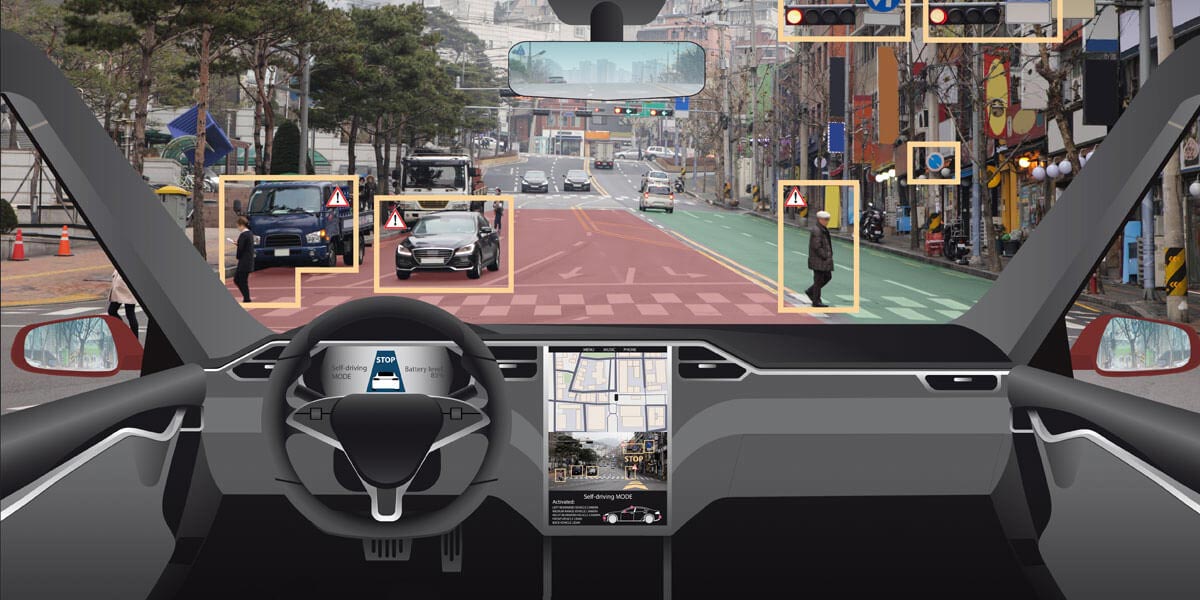
Leave A Comment